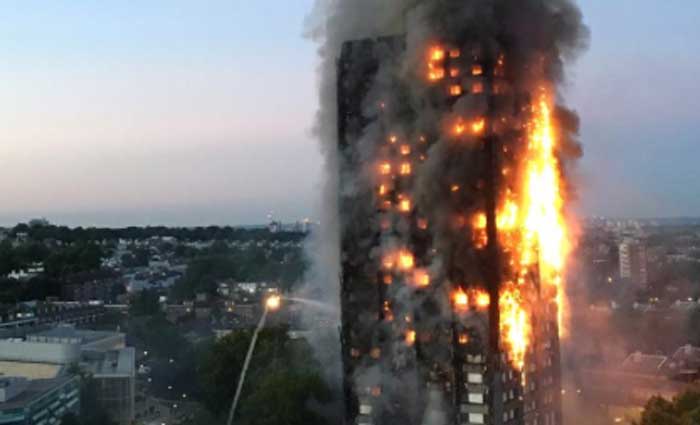Report outlines 4 safe non-flammable cladding products
NSW Minister for Better Regulation Kevin Anderson has today announced a major milestone for Project Remediate with the release of an independent report outlining four safe and non-flammable product categories that represent the first tranche to replace high-risk cladding.
Mr Anderson said the four categories had been recommended by the experts of the Cladding Product Safety Panel as part of Project Remediate, the NSW Government’s billion-dollar program to fast track the removal combustible cladding on 214 high-risk residential buildings.
“Thanks to our panel of experts we’ve now identified four, safe, options that can be specified for use as part of the Government’s replacement program,” Mr Anderson said.
“We are taking the lowest possible risk approach to fire safety. That’s why every component we are recommending in the first tranche will have to meet the highest fire safety standard under the Building Code of Australia. The system includes fixings, brackets, and insulation, and will also need to be completely non-combustible.”
Mr Anderson said the project would also appoint a single façade engineer who will provide guidance and quality assurance of the cladding system design on every building remediated by the Government.
“Homeowners need to be confident their building will be rectified with systems that are safe. That’s why we will also be requiring products and systems in each of the recommended categories to have demonstrated independent fire testing before they can be specified in designs under this program,” Mr Anderson said.
Chair of the Cladding Product Safety Panel Professor, Mark Hoffman said the panel would be giving further consideration to additional products and systems but only after more rigorous independent testing is completed and demonstrated.
“There may be additional systems that can safely include elements with some combustibility. The panel will consider submissions relating to these but to date, we have not been provided with robust data from independent accredited labs which tests both the product and the system,” Mr Hoffman said.
Four system categories are considered acceptable replacement options for Project Remediate, subject to additional design requirements. These categories are:
- Solid aluminium panels installed with cavity barriers and fire-proof mechanical fixings
- Solid metal sheets installed with cavity barriers and fire-proof mechanical fixings
- Fibre cement panels installed with cavity barriers and fire-proof mechanical fixings
- Non-combustible cement render.
“It is time to get the job done. We expect to commence assessment and project design for the first batch of 30 buildings by July this year, with the first cladding removed in late 2021,” Mr Anderson concluded.
